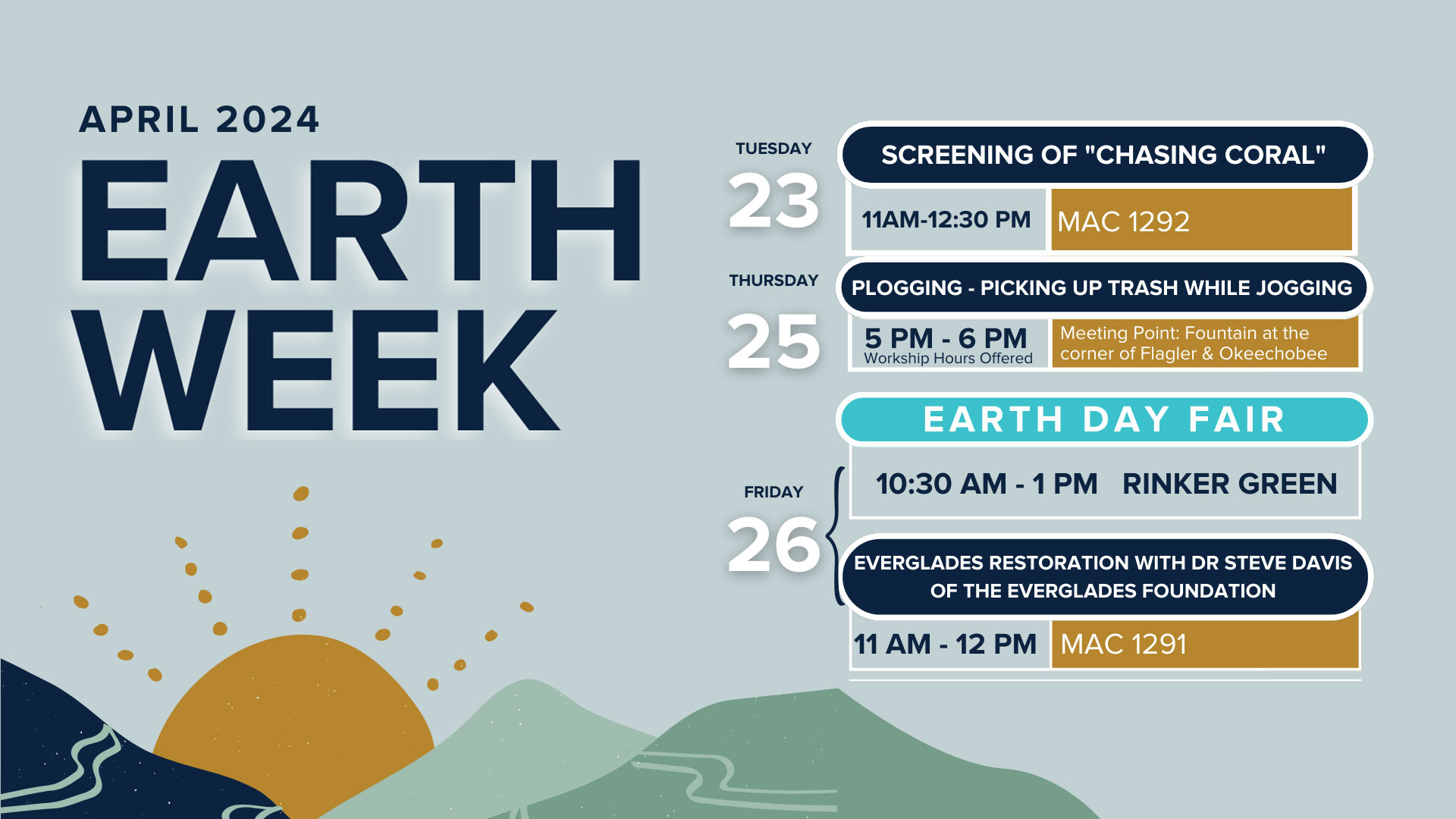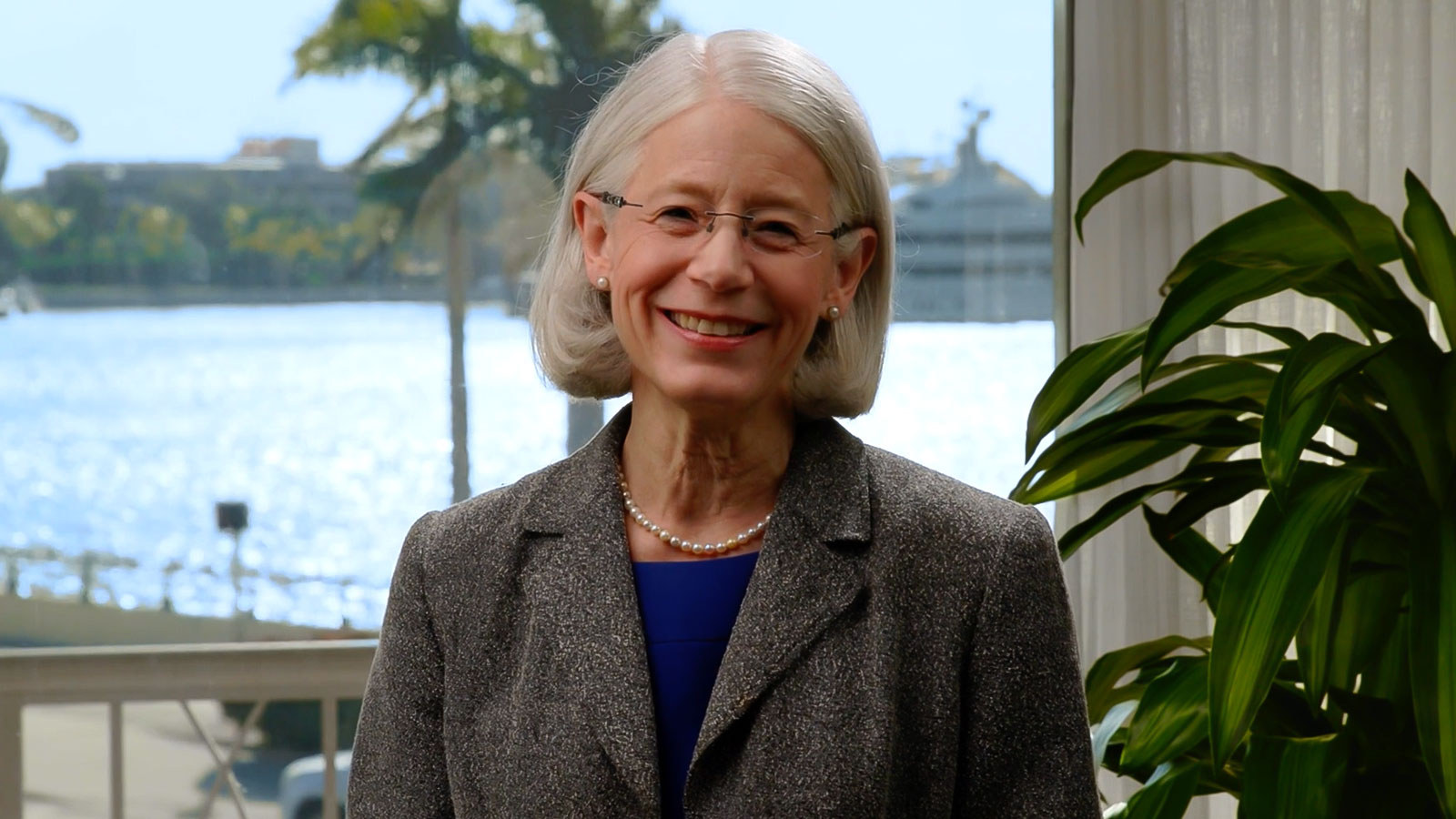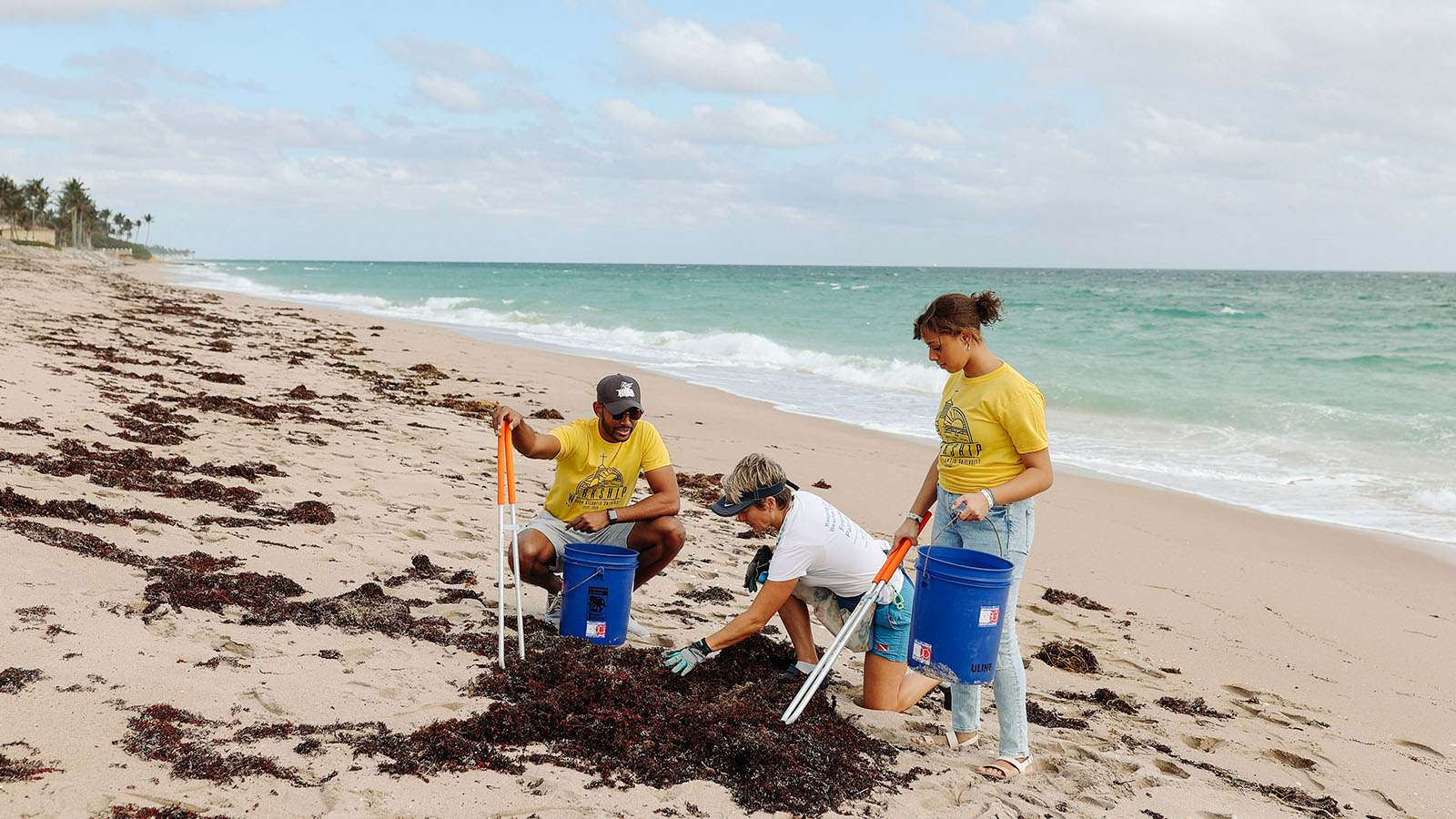
Monday, April 22, 2024
Reducing Vehicle Emissions
Highway vehicles release about 1.5 billion tons of greenhouse gases into the atmosphere each year.
on average, carpooling saves drivers at least $450 per year on gas.
According to a study by the International Transport Forum, carpooling has the potential to reduce global emissions by as much as 11%.
These gases are not only contributing to the melting of glaciers, but they also can cause serious health defects in humans.
Tuesday, April 23, 2024
Protecting Coral Reefs
Chasing Coral
Beneath the waves, coral reefs are dying on a massive scale. These scientists and filmmakers are fighting to stop it.
Join us for the documentary screening!
11:00 a.m. – 12:30 p.m.
MAC 1292.
Protect The Ocean and Your Skin
Sunscreen and Sun Tanning Lotion Pollution
- Ocean Damage Since 1928
Just like oil spills, oils in sunscreen greatly affect the ocean environment.
- Algae Production
Decreases the growth of green algae, which produces oxygen and food for ocean life.
- Coral Reefs
Bleaching, DNA damage, abnormal growth, and developmental deformities in coral.
- Respect the Environment
Look for ‘Reef Friendly’ or ‘Environmentally Safe’ labels on bottles.
Learn More
Wednesday, April 24, 2024
Florida’s Marvelous Mangroves
Mangroves are tropical plants that live along coastlines. They are tolerant of salt water and periodic submergence by tides. There are three species of mangrove in Florida: The red, black and white mangroves. Together, they perform many important services!
- Roots accumulate sediment, helping to build the coastline and buffer it from erosion by storms and sea level rise. The soils also store, filter, and purify water.
- Provide nursery habitat to juvenile fish and various invertebrates like crabs and sponges. Shorebirds feed and nest within the forests. They are biodiversity hotspots!
- Connect humans with nature and provide many opportunities for ecotourism. Mangroves are the perfect environment for snorkeling, fishing, and kayaking.
Mangroves are threatened by coastal development and Climate change. Their demise leaves coastlines less resilient. Help mangroves by supporting legislation that protects these Ecosystems, and participating in coastal restoration projects!
Thursday, April 25, 2024
Florida’s You think we like picking up after you?
Stop the Littering!
Earth Week “Plogging”
In association with the PBA Running Club
Plogging (Jogging while picking up litter)
Come join us as we pick up trash while Running
5 – 6 p.m.
Meeting at Whale Tongue Fountain
(the corner of Flagler and Okeechobee)
WORKSHIP HOURS OFFERED!
Bags and gloves will be provided.
Bring your own reusable water bottle.
Friday, April 26, 2024
Florida’s You think we like picking up after you?
Stop the Littering!
Earth Day Fair
10:30 a.m. – 1p.m. on Rinker Green
Tons of fun exhibitors from South Florida.
Everglades Restoration Builds Resilience for South Florida
2 – 3 p.m. • MAC 1291
Presentation by Dr Steve Davis, Chief Science Officer,
The Everglades Foundation
The Everglades Foundation works to restore and protect America’s Everglades through science, advocacy and education.
Speaker: Dr. Steve Davis, Chief Science Officer
Everglades Restoration Builds
Resilience for South Florida


